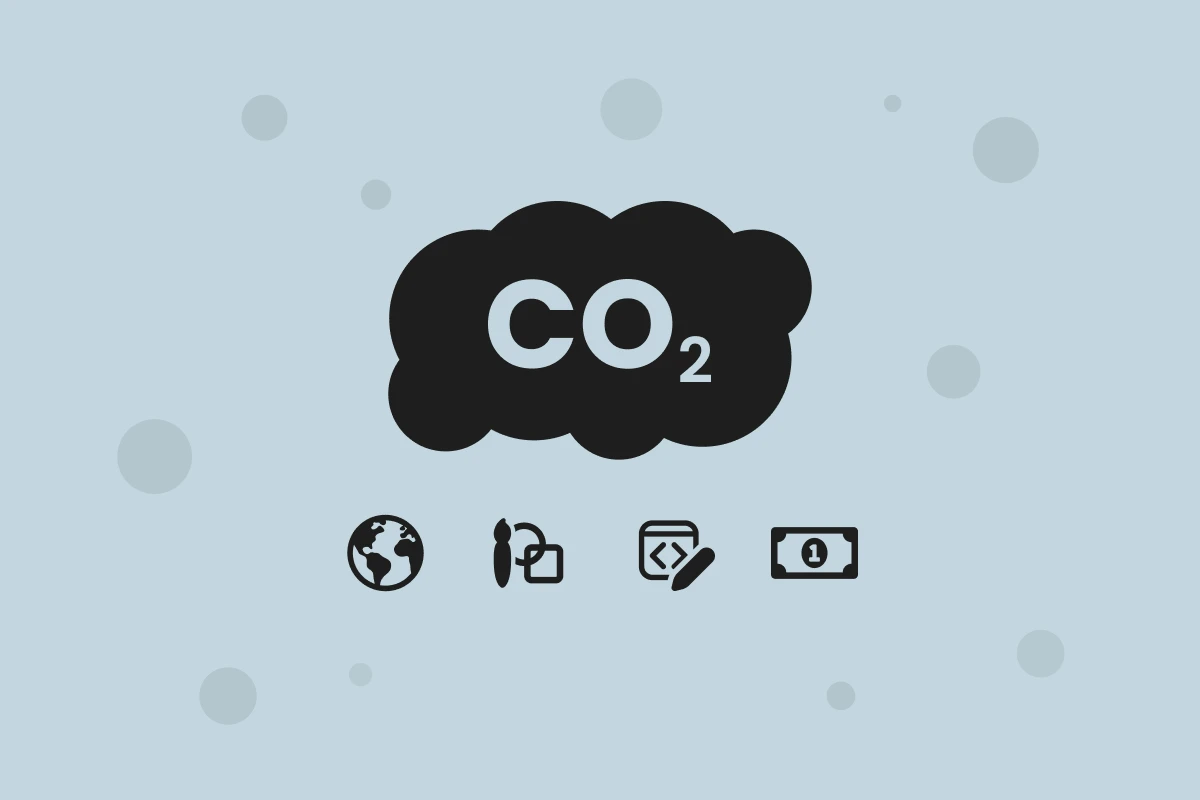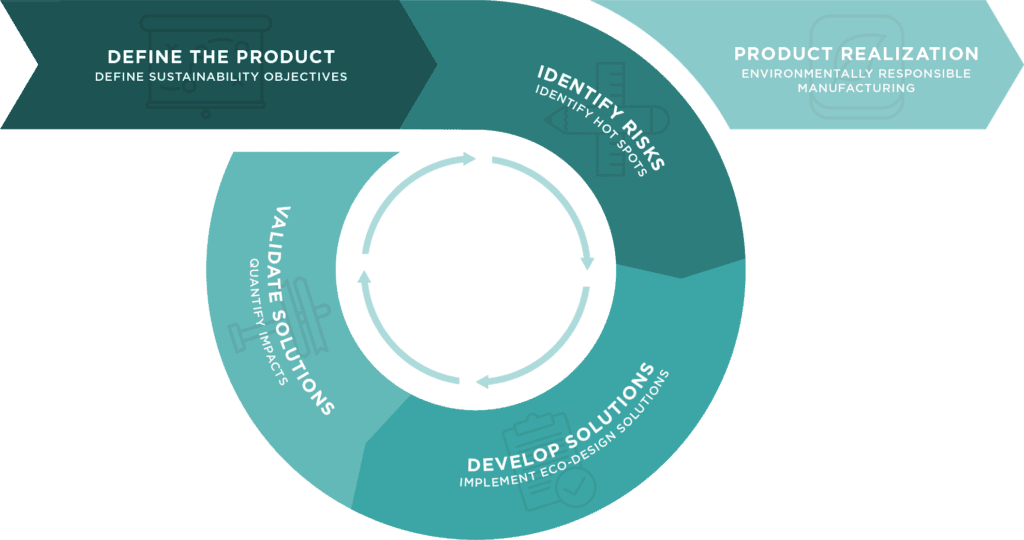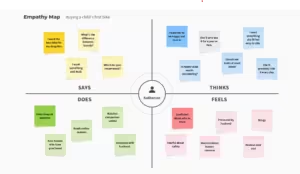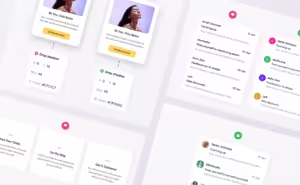In today’s digital age, creating products that not only meet users’ needs but also minimize environmental impact is paramount. Sustainable product design for web and mobile apps offers a pathway to achieving this goal. Let’s delve into the process, benefits, and strategies for integrating sustainability into every step.

Understanding Sustainable Product Design
Sustainable product design is a holistic approach that considers the environmental, social, and economic impacts of a product throughout its lifecycle. It aims to minimize resource consumption, reduce waste, and promote longevity and recyclability.
Sustainable Product Design Process
The Sustainable Product Design Process is a holistic approach aimed at creating products that not only meet user needs but also minimize environmental impact throughout their lifecycle. Here’s a detailed breakdown of each stage:
Research and Discovery:
- First off, we gotta figure out what problem we’re solving. That means doing some digging to understand what people need and want.
- Ever notice how some stuff you use is kinda wasteful? Like, maybe it’s made from materials that aren’t great for the planet. We’re gonna find ways to make things better by making them greener!
Design and Development:
- Now, this is where the magic happens! We’re gonna pick materials that are nice to Mother Earth, like stuff that can be recycled or breaks down easily.
- We’re also gonna make sure our gadgets don’t suck up too much energy. Think about it like making a super-efficient car, but for your everyday products!
- Oh, and we’ll make sure our stuff is easy to fix up if something goes wrong. That way, you can keep using it for ages instead of tossing it out.
Testing and Feedback:
Time to see if our ideas actually work! We’ll let folks try out our creations and see what they think.
We wanna make sure our products not only work well but also feel good to use. So, we’ll listen closely to what people say and tweak things as needed.
Launch and Maintenance:
- Woohoo, it’s showtime! When we launch our products, we’ll shout from the rooftops about how awesome they are for the planet.
- And hey, the fun doesn’t stop there! We’ll stick around to help you out if you ever need a hand with your eco-friendly goodies. Plus, we’ll keep making updates to make ’em even better over time!
So, that’s the plan! By following these steps, we can make cool stuff that’s good for you and good for the planet. Let’s go green together!
Fact: According to a report by the International Energy Agency (IEA), digital technologies are responsible for approximately 4% of global electricity consumption, with smartphones and data centers being significant contributors.
Benefits of Sustainable Design
- Reduced Environmental Impact: Sustainable products minimize resource consumption, greenhouse gas emissions, and waste generation, contributing to a healthier planet.
- Enhanced User Experience: Eco-friendly features and design elements can enhance the user experience, leading to increased satisfaction and loyalty.
- Cost Savings: Sustainable practices such as energy efficiency and waste reduction can result in long-term cost savings for businesses.
- Positive Brand Image: Demonstrating a commitment to sustainability can improve brand reputation and attract environmentally conscious consumers.

Did You Know? According to a study by researchers at Purdue University, inefficient code can lead to significant energy waste, with poorly designed apps consuming up to 50% more energy than optimized counterparts.
Strategies for Sustainable Web and Mobile App Design
- Optimize Energy Efficiency: Reduce the energy consumption of web and mobile apps by optimizing code, minimizing server requests, and utilizing efficient technologies.
- Minimize Data Usage: Design apps to minimize data usage, reducing the environmental impact of data storage and transmission. Implement caching and compression techniques to optimize performance.
- Promote Eco-Friendly Behaviors: Incorporate features that encourage users to adopt sustainable behaviors, such as carbon footprint tracking, energy-saving tips, and eco-friendly purchasing options.
- Design for Accessibility: Ensure that web and mobile apps are accessible to users of all abilities, including those with disabilities. Consider factors such as screen reader compatibility, color contrast, and keyboard navigation.
- Choose Sustainable Hosting: Select web hosting providers that prioritize renewable energy sources and carbon offsetting initiatives to minimize the environmental impact of hosting services.
Brief Case Study: Sustainable App Development
Greenify is a mobile app designed to promote sustainability by encouraging users to adopt eco-friendly habits in their daily lives. The app features personalized tips, challenges, and rewards to motivate users to reduce their environmental footprint.
Since its launch, Greenify has attracted over 1 million users worldwide and has been recognized for its innovative approach to sustainable app development. By integrating gamification, social sharing, and real-time tracking features, Greenify has successfully engaged users and inspired positive behavior change.
Conclusion
Sustainable product design for web and mobile apps offers a pathway to creating products that benefit both users and the planet. By integrating sustainability into every step of the design process, developers can minimize environmental impact, enhance user experience, and build a brighter, more sustainable future for all. Let’s embrace the challenge of crafting the future through sustainable design practices.




